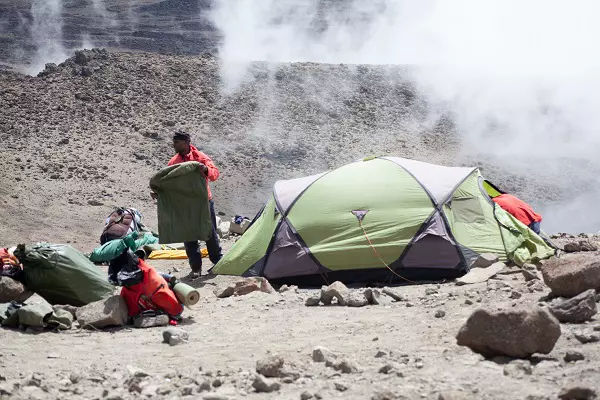
Climbing Kilimanjaro is a dream for many adventurers, and while it might seem like an expensive endeavor, it's entirely possible to achieve this feat on a budget. With careful planning, strategic choices, and a sense of adventure, you can embark on a Kilimanjaro expedition without breaking the bank. In this step-by-step guide, we'll walk you through the process of climbing Kilimanjaro on a budget, ensuring that the Roof of Africa is within reach for those with financial constraints.
The first step in climbing Kilimanjaro on a budget is to research and select routes that are known for being more affordable. Routes like the Marangu and Machame are popular choices for budget-conscious climbers. These routes offer a balance between cost-effectiveness and stunning landscapes.
Not all tour operators have the same pricing structures. Take the time to research and compare different tour operators, looking for those that offer budget-friendly packages without compromising on safety and essential services. Read reviews and testimonials to ensure the reliability of your chosen operator.
Joining a group climb can significantly reduce costs as expenses are shared among participants. Many tour operators offer group expeditions, providing an opportunity to meet like-minded adventurers while making the climb more affordable.
The timing of your climb can greatly impact costs. Opting for off-peak seasons, such as the shoulder months, can result in lower prices for permits, accommodations, and tour packages. Avoiding peak demand periods is a savvy budget strategy.
For the more adventurous and experienced climbers, consider planning the climb independently. Coordinating permits, accommodations, and logistics without the assistance of a tour operator can provide more control over expenses.
Pack only the essentials to avoid excess baggage fees and additional costs associated with hiring extra porters. A streamlined approach to packing not only saves money but also makes the climb more manageable.
Explore homestay options in nearby villages, especially before and after the climb. This not only supports local communities but also provides a more immersive cultural experience at a lower cost than traditional accommodations.
Avoid exorbitant rental fees by renting climbing gear locally in Tanzania. This reduces expenses related to bringing or renting equipment from your home country, contributing to overall cost savings.
Work with your chosen tour operator to customize your package. If certain inclusions are not essential, inquire about excluding them to reduce overall costs without compromising on safety and essential services.
Periodically check for discounts, promotions, or special offers from tour operators. Some companies may provide deals during specific times of the year or for early bookings, offering additional opportunities for savings.
Climbing Kilimanjaro on a budget is not just about minimizing costs; it's about optimizing resources to make this iconic adventure accessible to a broader spectrum of aspiring climbers. By following this step-by-step guide, you can embark on the journey to Uhuru Peak without compromising the essence of the climb. Remember, the beauty of Kilimanjaro is not defined by the price tag but by the awe-inspiring landscapes, the sense of accomplishment, and the memories created along the way.